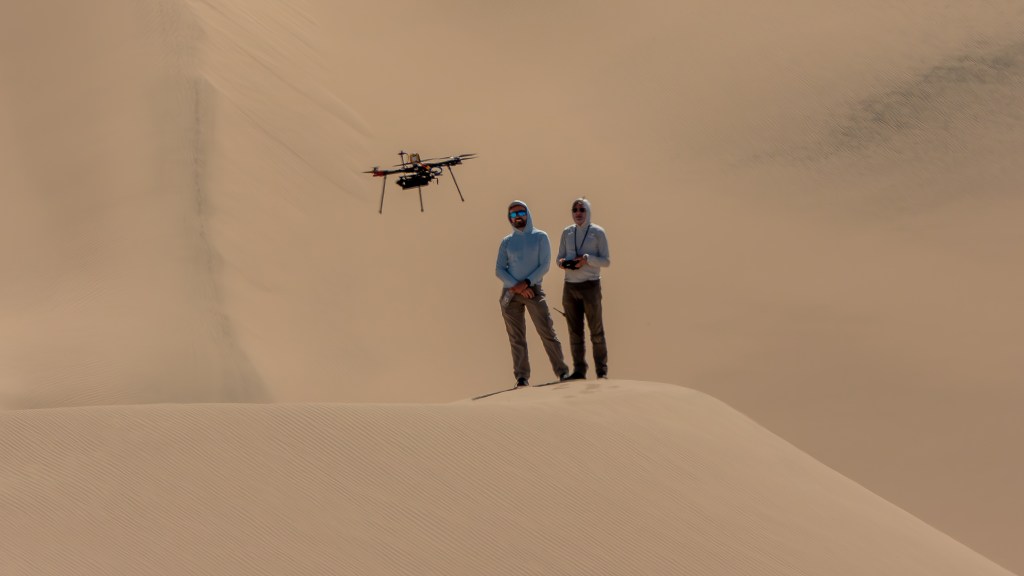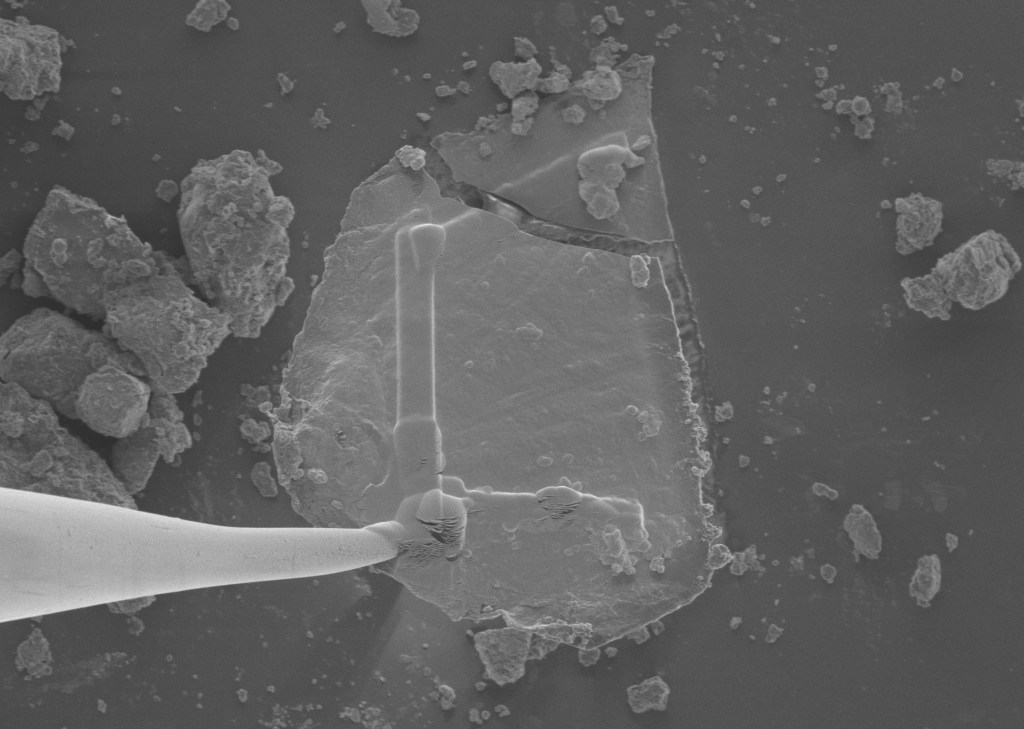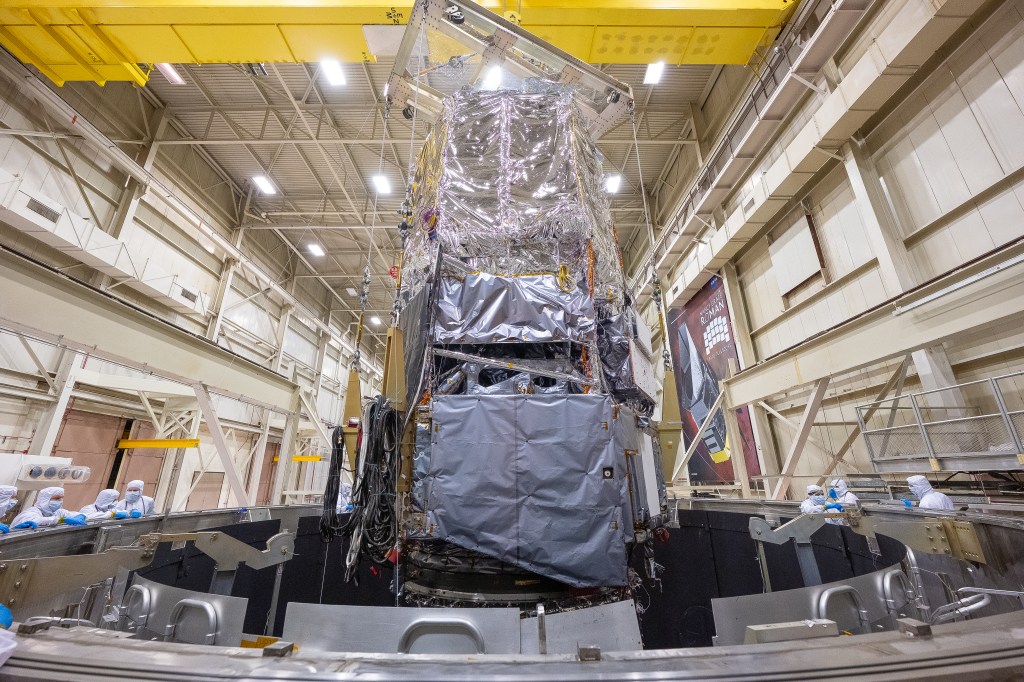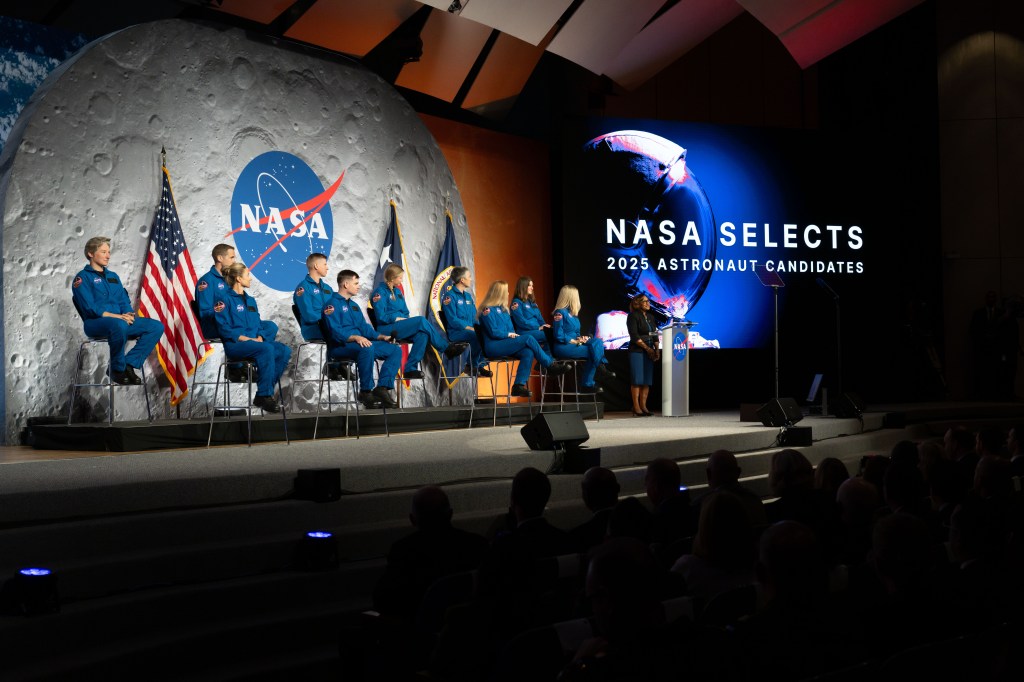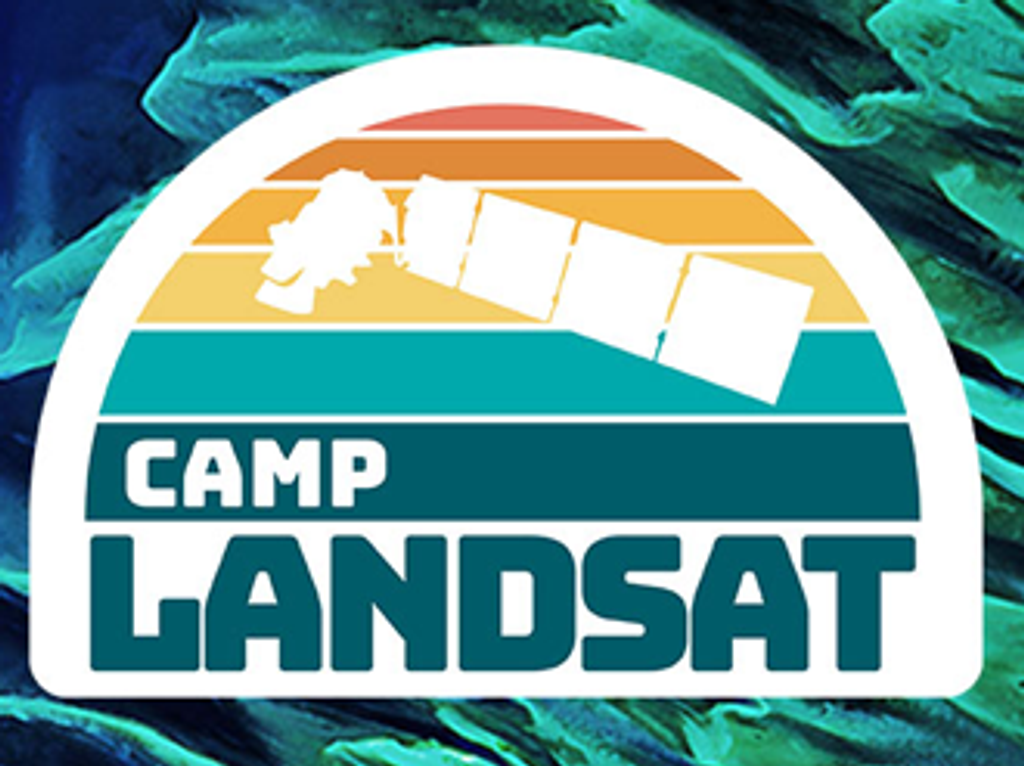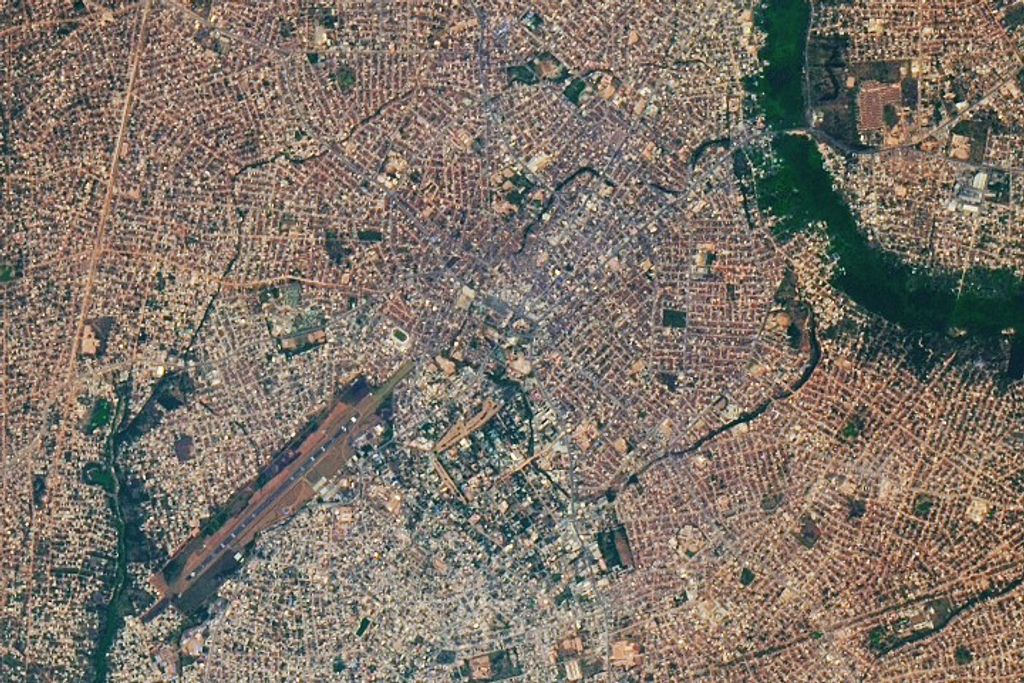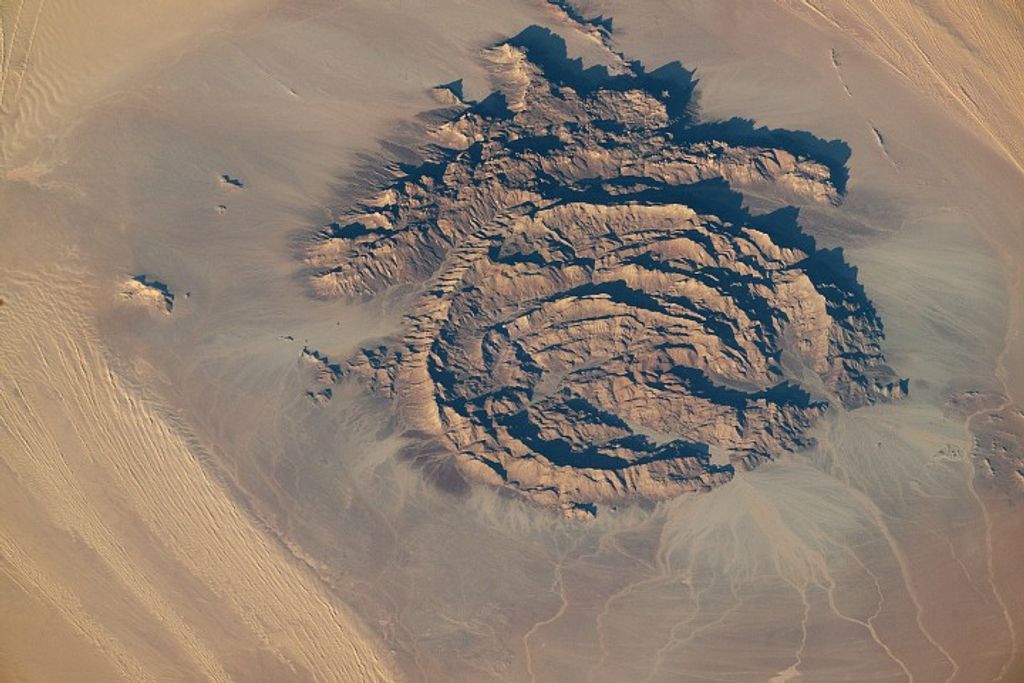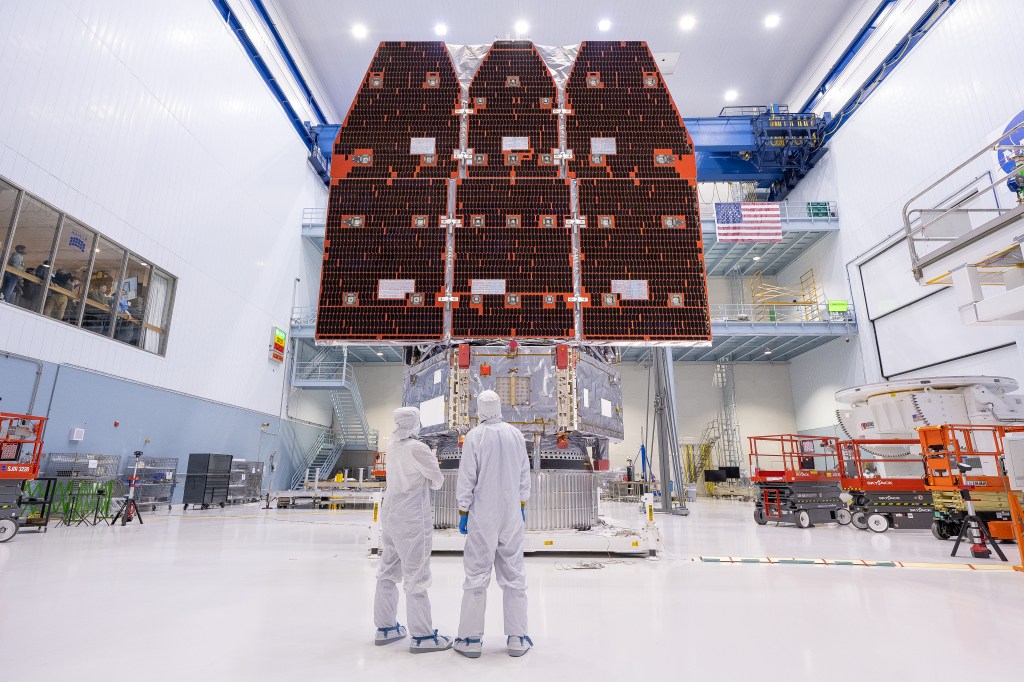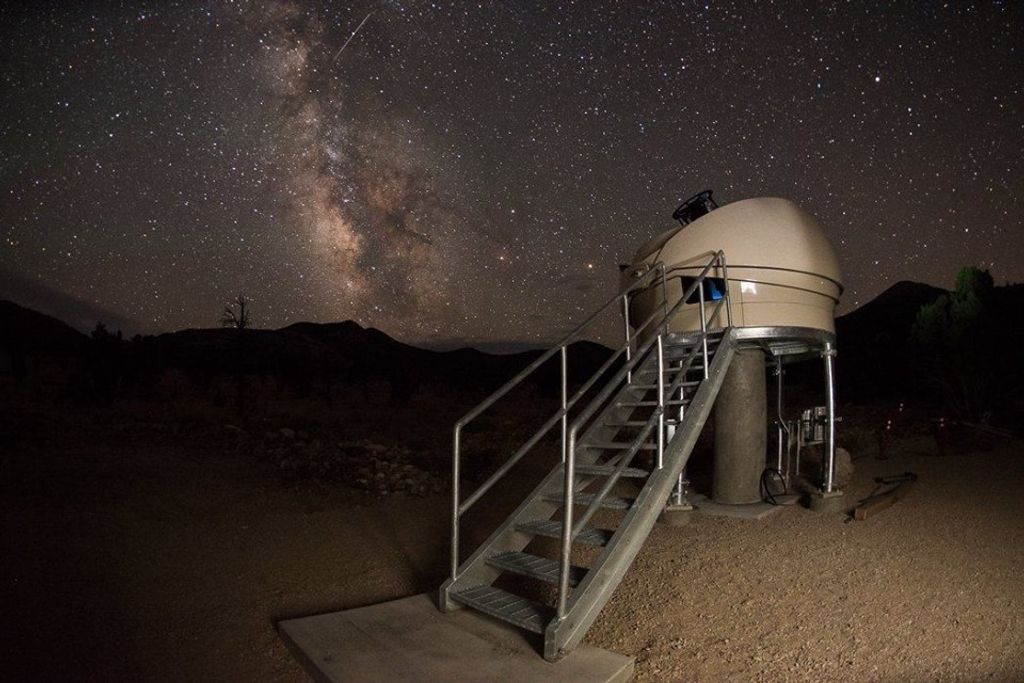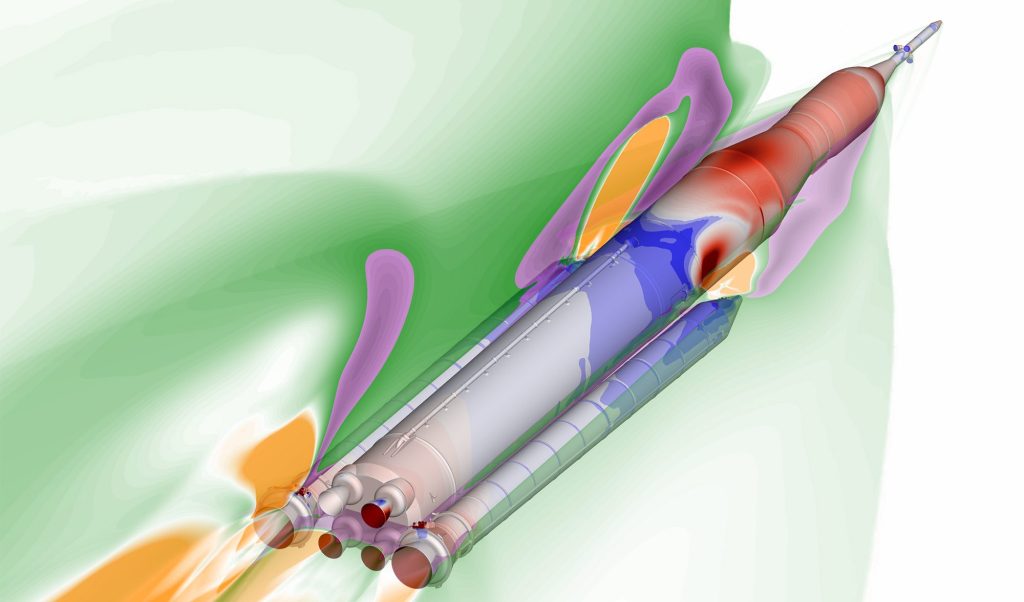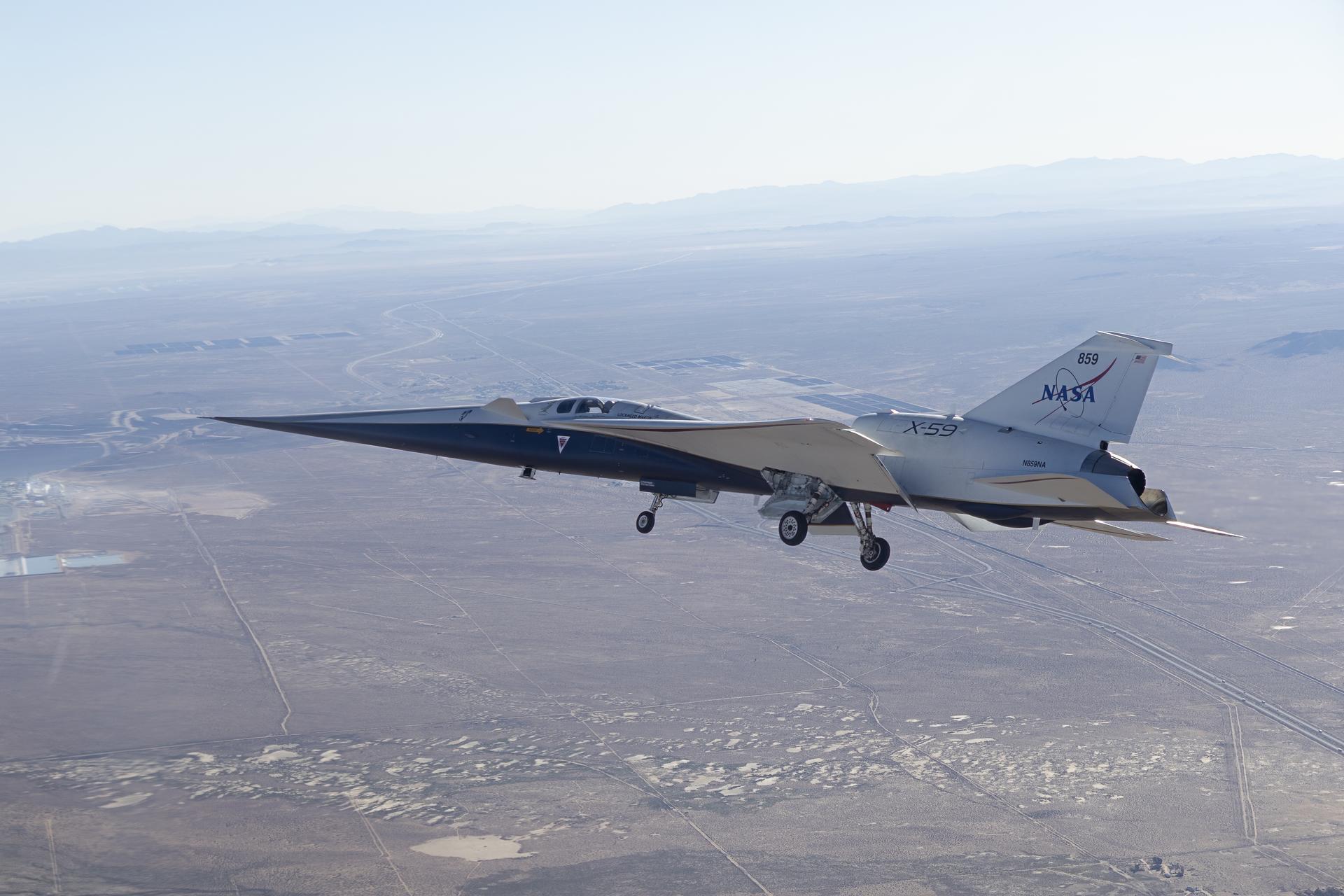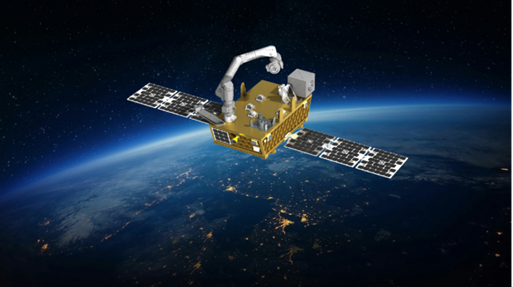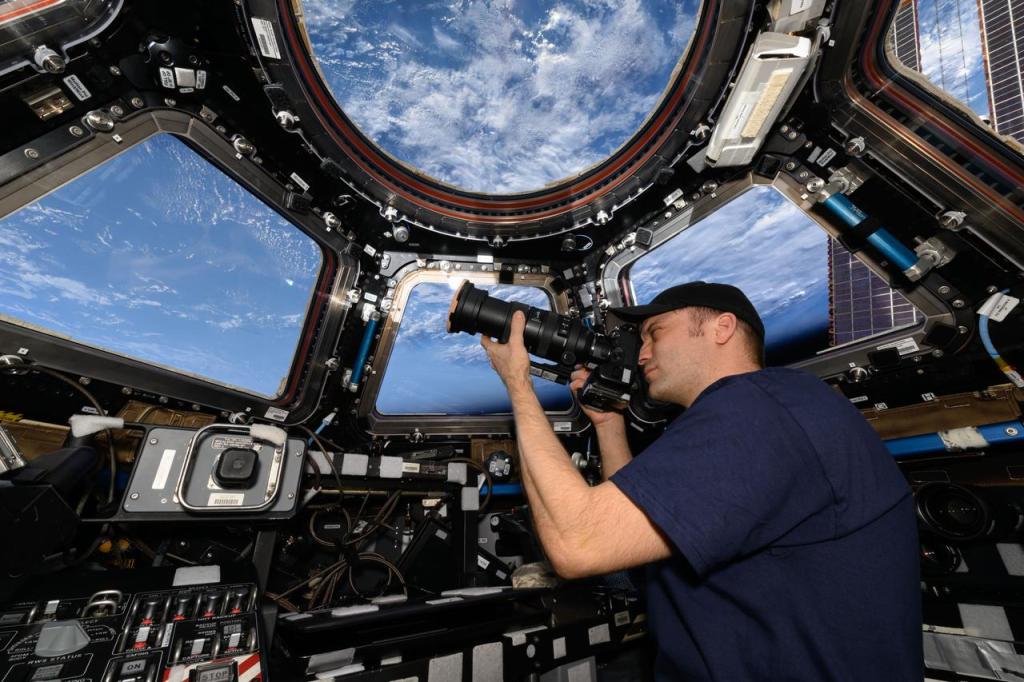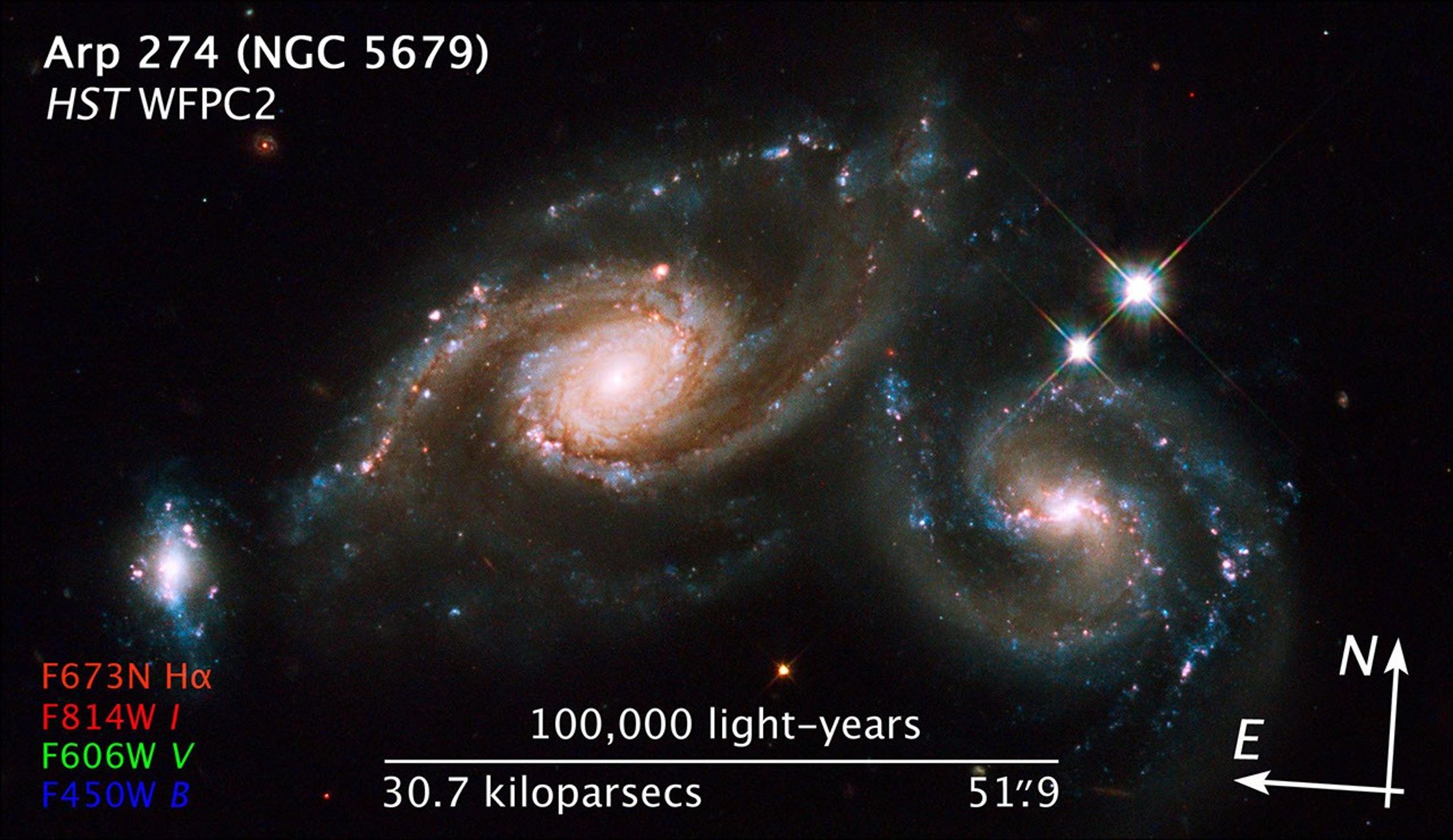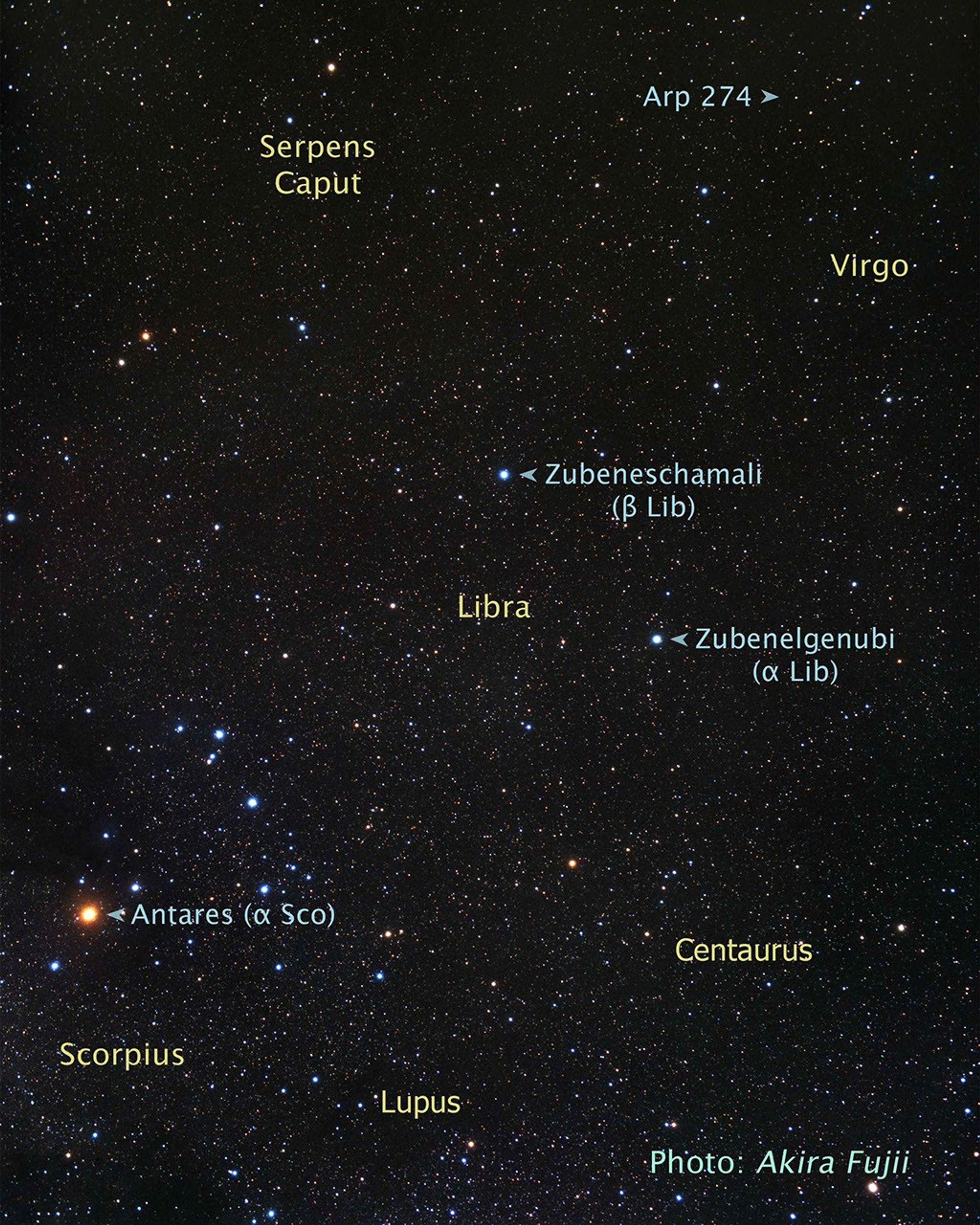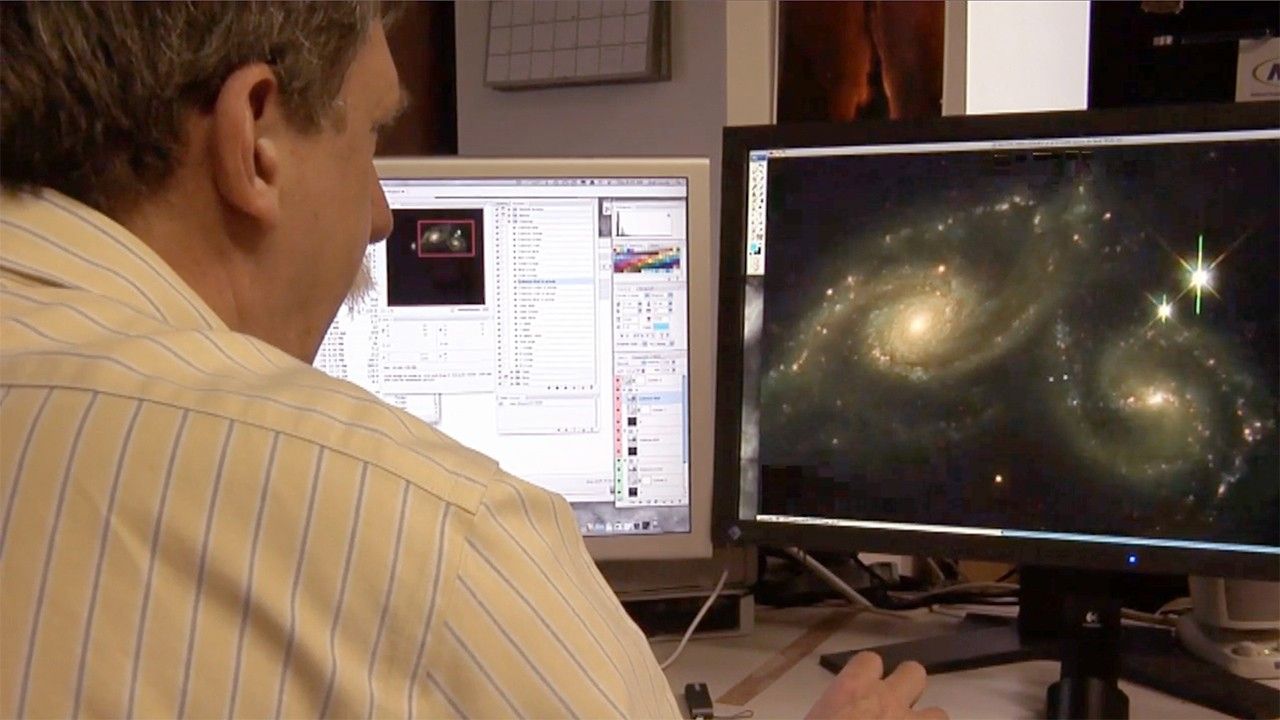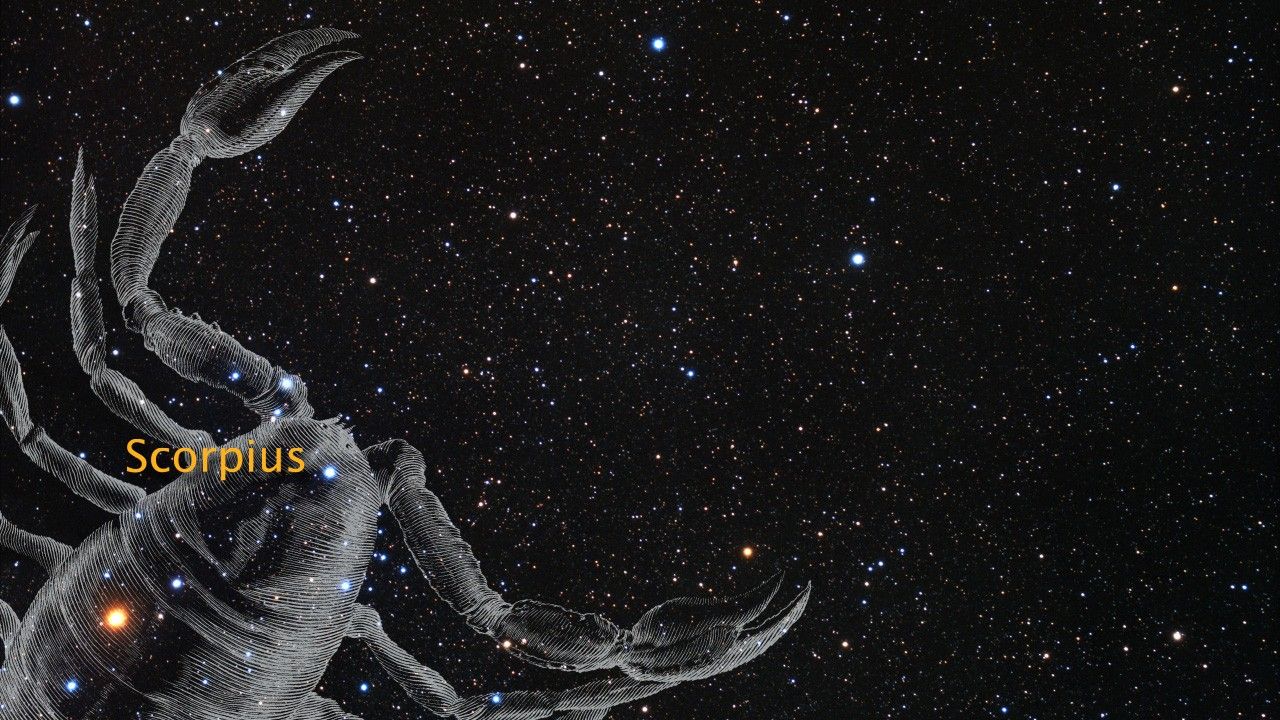1 min read
Galaxy Triplet Arp 274

Arp 274, also known as NGC 5679, is a system of three galaxies that appear to be partially overlapping in the image, although they may be at somewhat different distances. The spiral shapes of two of these galaxies appear mostly intact. The third galaxy (to the far left) is more compact, but shows evidence of star formation.
Two of the three galaxies are forming new stars at a high rate. This is evident in the bright blue knots of star formation that are strung along the arms of the galaxy on the right and along the small galaxy on the left.
The largest component is located in the middle of the three. It appears as a spiral galaxy, which may be barred. The entire system resides at about 400 million light-years away from Earth in the constellation Virgo.
Hubble's Wide Field Planetary Camera 2 was used to image Arp 274. Blue, visible, and infrared filters were combined with a filter that isolates hydrogen emission. The colors in this image reflect the intrinsic color of the different stellar populations that make up the galaxies. Yellowish older stars can be seen in the central bulge of each galaxy. A bright central cluster of stars pinpoint each nucleus. Younger blue stars trace the spiral arms, along with pinkish nebulae that are illuminated by new star formation. Interstellar dust is silhouetted against the starry population. A pair of foreground stars inside our own Milky Way are at far right.
About the Object
- R.A. PositionR.A. PositionRight ascension – analogous to longitude – is one component of an object's position.14h 35m 8.82s
- Dec. PositionDec. PositionDeclination – analogous to latitude – is one component of an object's position.05° 21' 30.79"
- ConstellationConstellationOne of 88 recognized regions of the celestial sphere in which the object appears.Virgo
- DistanceDistanceThe physical distance from Earth to the astronomical object. Distances within our solar system are usually measured in Astronomical Units (AU). Distances between stars are usually measured in light-years. Interstellar distances can also be measured in parsecs.400 million light-years or 120 megaparsecs
- DimensionsDimensionsThe physical size of the object or the apparent angle it subtends on the sky.The image is nearly 2 arcminutes (216,000 light-years) wide.
About the Data
- Data DescriptionData DescriptionProposal: A description of the observations, their scientific justification, and the links to the data available in the science archive.
Science Team: The astronomers who planned the observations and analyzed the data. "PI" refers to the Principal Investigator.The Hubble images were created from HST data from proposals 11994: M. Livio (STScI), Z. Levay, L. Frattare, K. Noll, M. Mutchler, and W. Januszewski (Hubble Heritage Team/STScI). - InstrumentInstrumentThe science instrument used to produce the data.HST>WFPC2
- Exposure DatesExposure DatesThe date(s) that the telescope made its observations and the total exposure time.April 1 - 2, 2009
- FiltersFiltersThe camera filters that were used in the science observations.F450W (B), F606W (V), F673N (redshifted H-alpha), and F814W (I)
- Object NameObject NameA name or catalog number that astronomers use to identify an astronomical object.Arp 274, NGC 5679
- Object DescriptionObject DescriptionThe type of astronomical object.Triple galaxy system
- Release DateApril 3, 2009
- Science ReleaseHubble Celebrates the International Year of Astronomy with the Galaxy Triplet Arp 274
- Credit

The image is a composite of separate exposures made by the WFPC2 instrument on the Hubble Space Telescope. Three filters were used to sample broad wavelength ranges. One filter was used to sample narrowband emission. The color results from assigning different hues (colors) to each monochromatic image. In this case, the assigned colors are: Red: F673N (redshifted H-alpha) + F814W (I) Green: F606W (V) Blue: F450W (B)
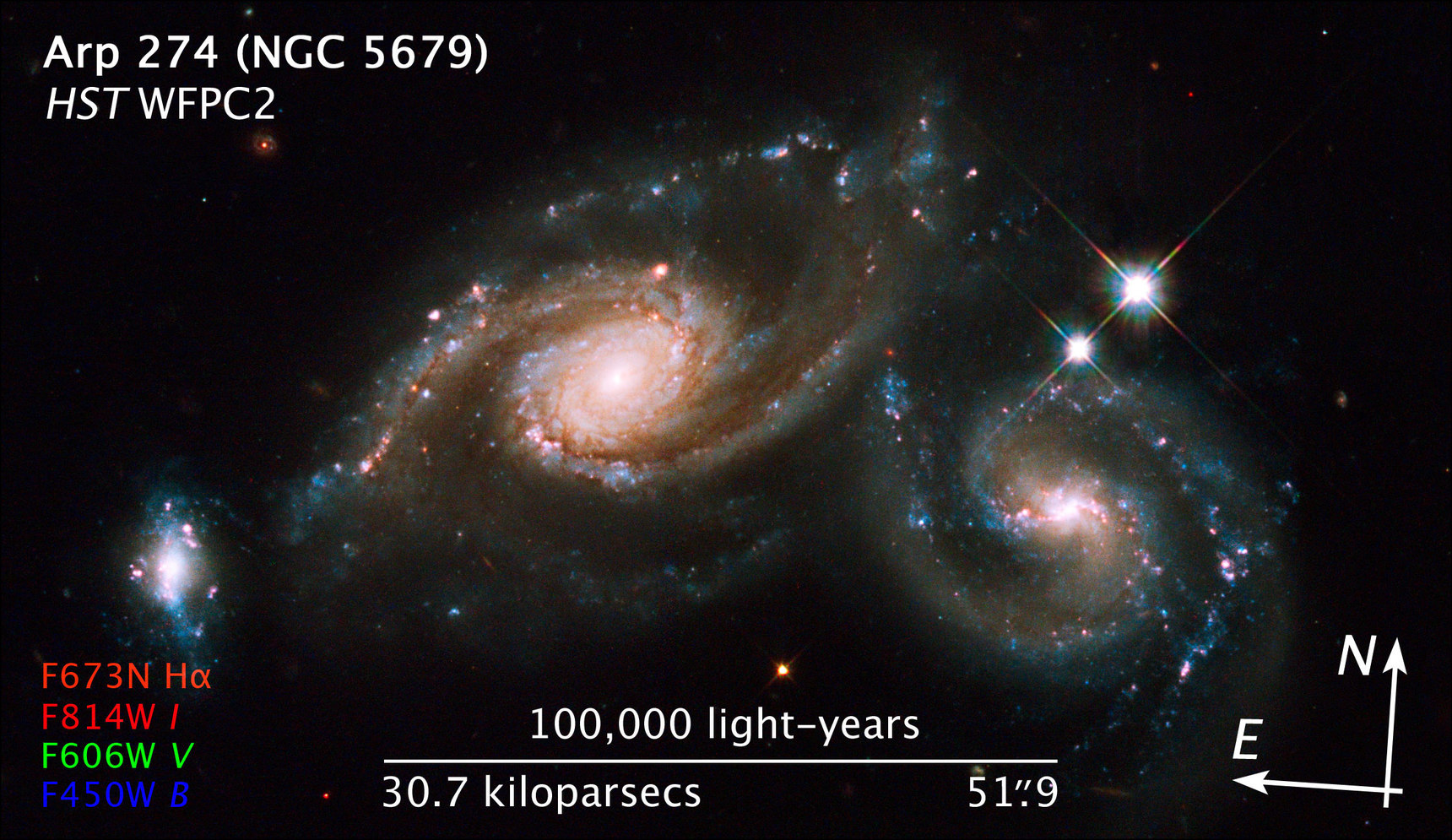
Related Images & Videos
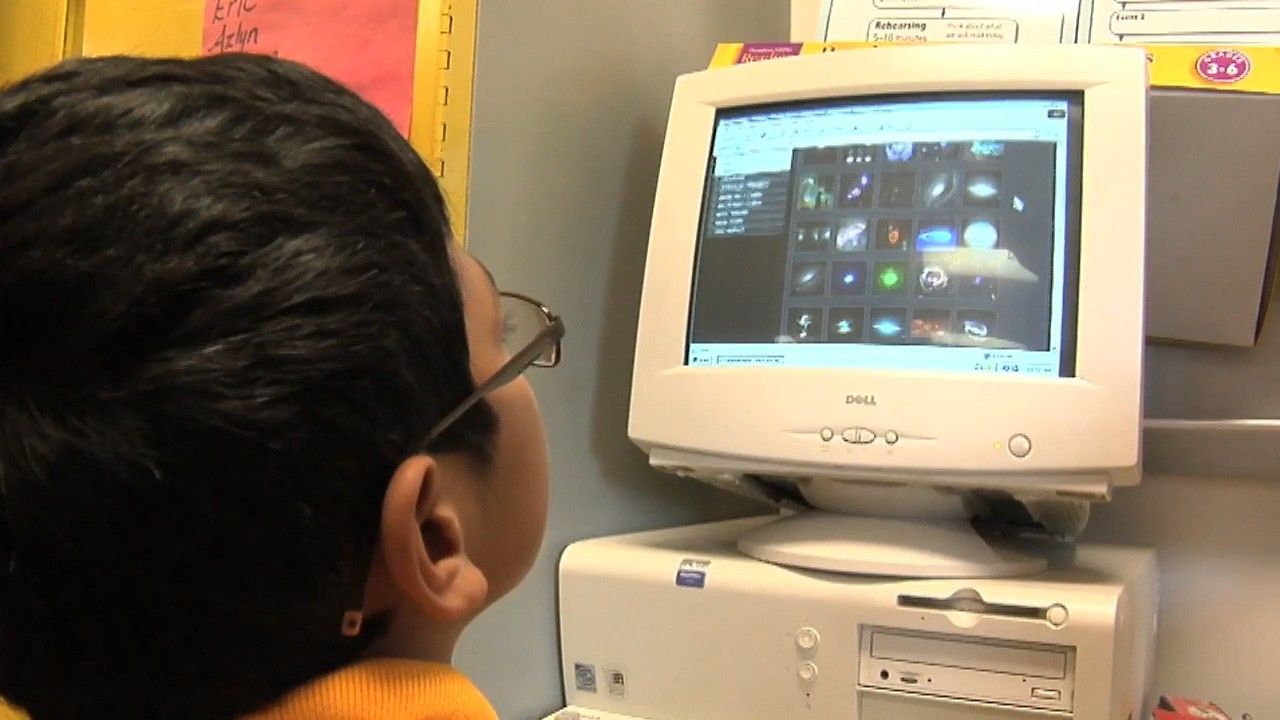
Hubble Images Inspire Student Creativity at Thurgood Marshall School
The entry from Thurgood Marshall Elementary School in Newark, Del. was selected as one of the best collages in an interdisciplinary Classroom Collage Activity sponsored by the Office of Public Outreach at the Space Telescope Science Institute in Baltimore, Md. The collage...
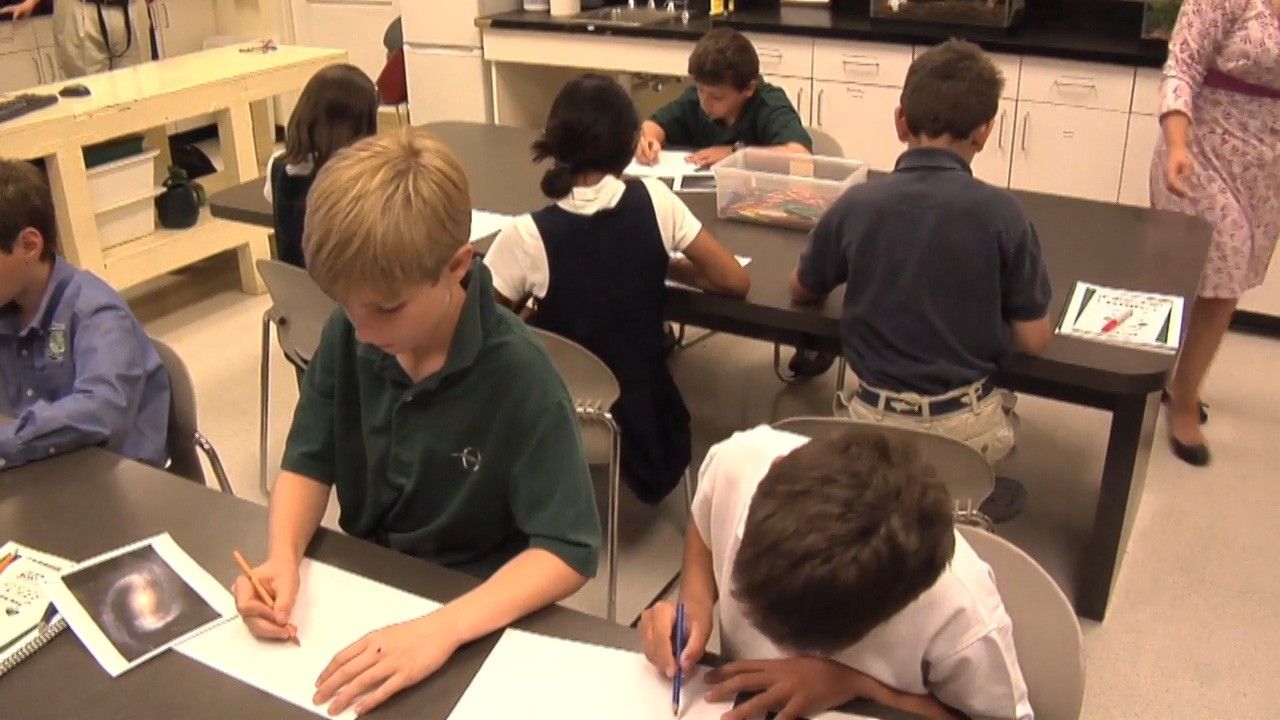
Hubble Images Inspire Student Creativity at Odyssey School
The entry from the Odyssey School in Baltimore, Md. was selected as one of the best collages in an interdisciplinary Classroom Collage Activity sponsored by the Office of Public Outreach at the Space Telescope Science Institute in Baltimore, Md. The collage activity is one of...
Share
Details
Claire Andreoli
NASA’s Goddard Space Flight Center
Greenbelt, Maryland
claire.andreoli@nasa.gov

